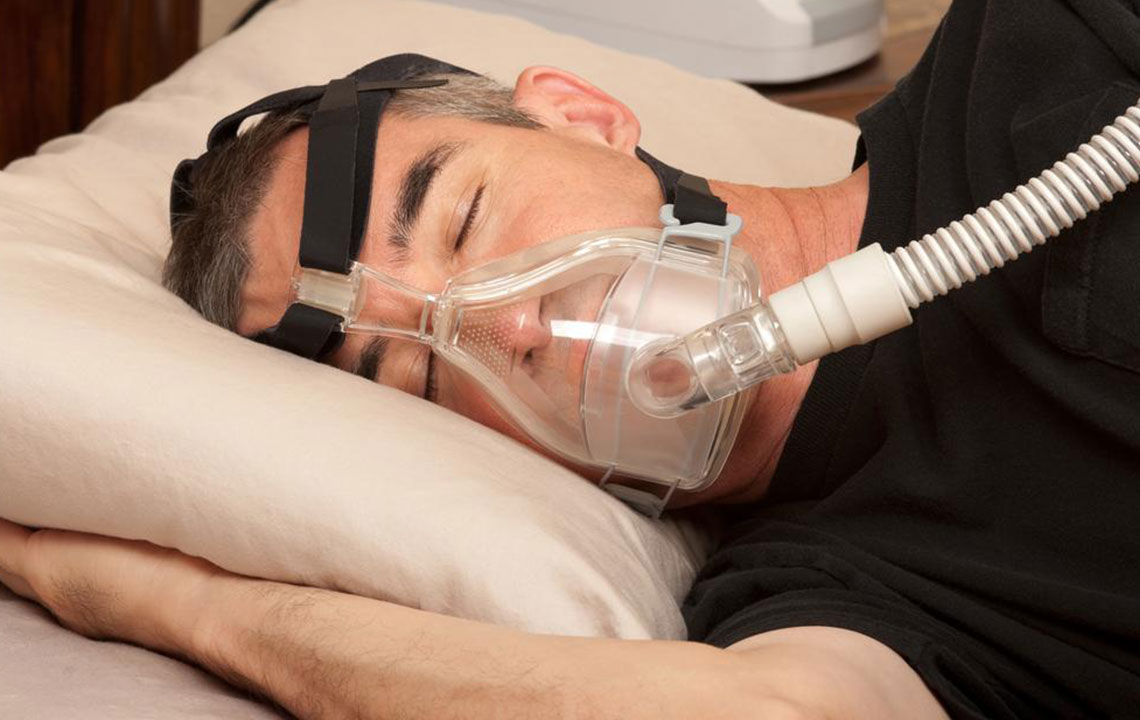Best Methods of Self Test for Sleep Apnea

Sleep apnea is a very common sleeping disorder in which a person experiences problematic and irregular breathing patterns. It is also referred to as ‘Sleep Apnoea’ and results in shallow and paused breathing while you are sleeping. It can occur a number of times during the night. A typical snoring sound will follow when you might wake up a number of times with a slight grunting or choking sound.
Self-tests for sleep apnea
It is imperative that you know about the problem really early so that you can start better and faster treatment. In this context, the article will cite certain best and the most effective self-test for sleep apnea. These tests and the parameters will help you to understand and conclude whether you have the problem of sleep apnea or not and the consequential treatments that you require.
Basic problems revealed from your self-test for sleep apnea
In case you have reached the following conclusions from the self-test for sleep apnea then it must be clear to you that you do have the problem of sleep apnea and you must arrange for a proper treatment:
- You are experiencing sleepiness during the daytime
- You do not feel refreshed after you wake up from your sleep.
- You have a very strong feeling of fatigue
- You are developing the problem of insomnia
- You often happen to wake up with a choking or a gasping sound and effect. You are short of breath when you wake up.
- Your bed partner is often complaining about you snoring at night.
- You have the problem of Nocturia or that you need to wake up at night to visit the bathroom.
- You have splitting headaches in the morning.
- You have difficulty while concentrating.
- You are facing a loss of memory.
- You have a lower sexual desire as compared to the earlier times.
- You are increasingly more irritable.
This has been observed through investigations and surveys that people who are obese have higher chances of developing this problem. Again, a person with large neck size could be prone to this problem. Other physical attributes that could make a person susceptible to this problem could be a recessed jaw, enlarged tonsils or tongue, and a deviated septum.
Different types of self-test for sleep apnea
Sleep apnea is a problem that occurs when a person is asleep. Hence, testing is important and difficult. In this context, we see that there can be two major types of self-test for sleep apnea. In the first type, we see that there is a medical authority or a team that can do the testing in a laboratory or within the care of a healthcare center. In the other case, we see that if the person is suffering from acute sleep apnea but has no other history of medical challenges then he or she could do this self-test for sleep apnea at home itself. In this context, the machine for the test will be given by the medical authorities and they will again instruct on the different ways and methods by which the machine must be connected to the body so that the readings can be taken.
In cases where the self-test for sleep apnea is being done at home, the machine, devices, and the apparatus used for the purpose happens to be much less complicated as compared to the counterparts that are used in the laboratories. This is why even a layman can operate them and can conduct a self-test for sleep apnea at home in a convenient manner.
As the market is currently flooded with various designs of machines, you can find the best that could be used for self-test for sleep apnea. However, their effectiveness is not always up to the mark. Hence, before you start using them you must consult your sleep medicine doctor so that you can choose the best model for self-test for sleep apnea.
Four sleep tests that you can take right away
Sleep apnea could be a huge problem for any person. It is important to test the situation and make a proper analysis so that the person can be treated in an effective manner. The following are some of the important and relevant methods that you can apply for conducting a self-test for sleep apnea:
- Snore Score – This indicates whether you snore or not, gasp for breath while you sleep or have headaches in the morning.
- Epworth Sleepiness Scale – This test helps to evaluate your tendency of dozing off to sleep in various situations like at work, public places, while watching TV, traveling in public transport.
- Berlin Sleep Questionnaire – This evaluates your type of snoring and whether you are awake to choke or short of breath.


